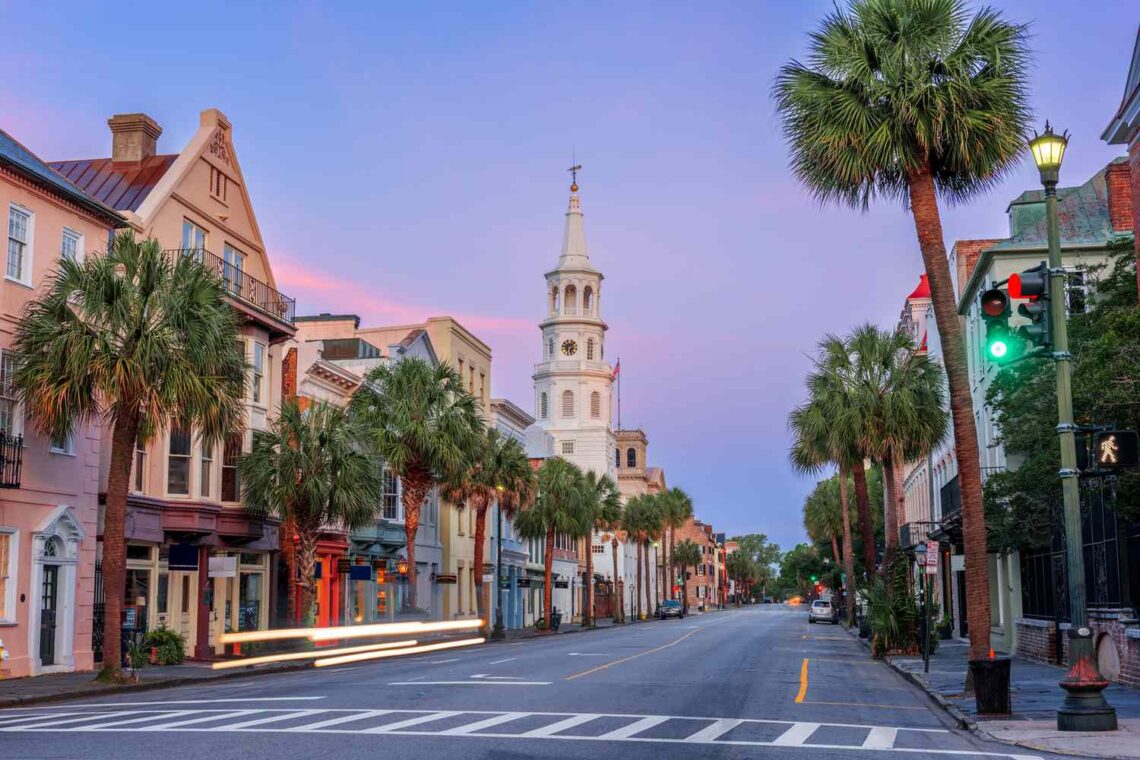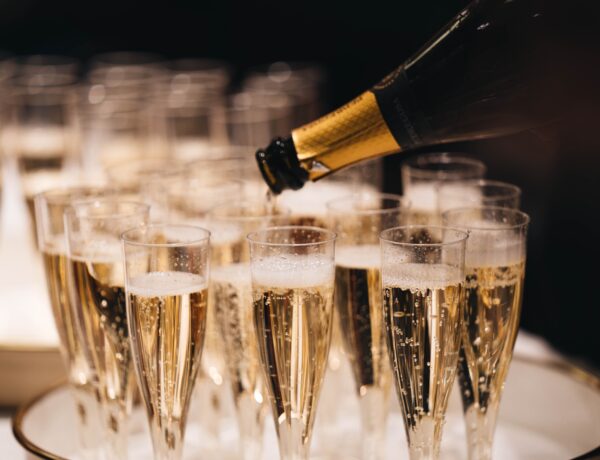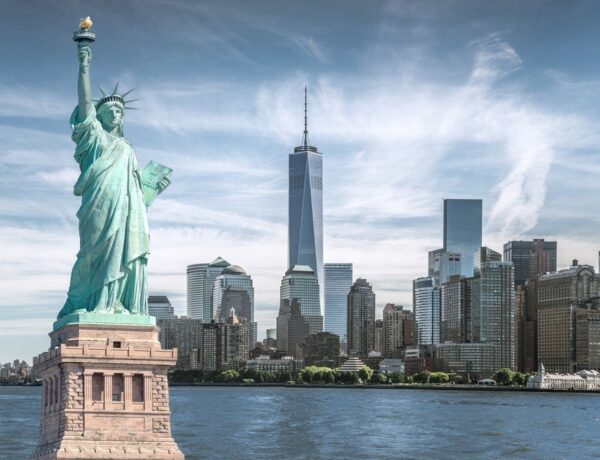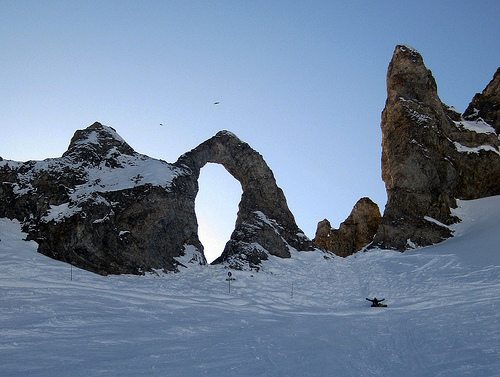Huge props goes out to Joyce from Charleston Photo Tours, without a doubt the best tour of Charleston, and one of the funniest tour guides in town.Joyce’s photography tour of Charleston really turned my perspective around on this town. Where I once saw stuffy old buildings, I saw a layered mosaic of history. Beautiful cobblestone streets were transformed behind the lens into a historic essay.
And, it goes without saying, I walked away with some of the best photographs of my entire trip through South Carolina. Huzzah!
Tour Charleston with me and these great photographs – but warning, you’ll learn a little bit and at the end you’ll be ready to book your trip.
The Charleston Piazza

What you and I might call a porch is called a piazza in Charleston. These were designed to block off the intense summer Charleston sun, and provide a way to capture some of the cross-breeze coming in from the shore. The design is genius, so if you have a chance to relax in a rocking chair on a Charleston piazza, do it without hesitation.
Charleston Gaslamps

In 1846, local business leaders formed their own gas light company in Charleston, and two years later the first gas streetlights appeared. They were so popular that in just 40 years, ever main street in the city had a gas main. Today the gas lines are still in use, so you’ll see these gaslamps burning day and night around town.
The Charleston Color Palette

Charleston’s historic district is well preserved, and they intend to keep it that way. Even the colors of interiors and exteriors are regulated, and many color choices have historic significance. On the roof of this piazza you have the famous color, “haint blue.” It’s based on a Gullah tradition that says it rids off evil spirits, but an added (and perhaps more practical bonus)? It repels wasps and spiders.
Another popular color you’ll see around town is what is called Charleston Green; during the rebuilding era after the civil wear, Charleston was given a lot of black paint. They thought it was a bit drab, so they added some yellow to it, resulting in Charleston Green.
On many buildings, you’ll see a small circle with the words “Carolopolis”. The name of Charleston in Latin, this is a very prestigious award. Each year just a few buildings are selected to win this recognition of their restoration/preservation efforts – you can see the year the award was granted on the plaque.
The Kitchen House

I love all the architectural details you can see here. The narrow alley to the back is actually a great opportunity to point out what once could be found all over Charleston, the “Kitchen House”. At one point, much of Charleston’s construction consisted of wood, and the place kept burning down. (A common problem in history, one would point out.)
To solve this, the city legislated that kitchens had to be outside, so many wealthy homeowners built a second building behind the house to put the kitchen. Today those buildings have been re-connected to the main home, but you can usually tell where they were separate if you walk to the back of these homes and look closely.
Earthquake Bolts

Charleston has been rocked by some severe earthquakes – so hard on the city that the smart leaders around town decided to bolster their buildings to protect them – protections that are still in place today. They’re called earthquake bolts and are simply large bolts that run the entire length of houses and provide structural support – just like today when we install steel or metal support beams to prop up a house. You can see them here on this house where you spot the metal crosses. Every home has a different type of cap – ball shaped, special designs, X’s, pluses – but the technology behind it is the same.
The Churches – “Holy City”

Charleston is known as “the Holy City” due to the proliferation of churches that have cropped up over the years. It does seem like there is one for every city resident, particularly in the heart of the historic district, where they’re on nearly every corner. Charleston was one of the first cities in America to provide tolerance for religious choice.
Gullah Sweetgrass Baskets

West African slaves brought the art of basket making to Charleston, and the craft is alive and well today. The Gullah are a subculture of South Carolina that after decades, still have their own dialect and cultural traditions. These baskets aren’t cheap by any means, but locals say that they’ll last forever. (And yes, each is painstakingly handmade.)
The Joggling Board

I had never heard of a joggling board – it’s a uniquely Charleston thing. The board makes for a comfortable seat, where you can bounce or rock a bit. And don’t worry – that is made locally, and doubt that wood will break, as some of the joggling boards I saw were very very old. There are lots of local traditions around joggling boards, like potential couples sitting at either end and if the end up bouncing their way together to the middle, they get married.
Rainbow Row

You’ll want to not miss this lovely row of homes, iconic for Charleston – they’re called the Rainbow Row. At one point this area was a hub of commerce, but then things shifted and these homes fell into disrepair. They have been wonderfully restored and are certainly deserving of their emblematic status.
Charleston’s Oldest House: The Pink House

“The Pink House” (as you can see, no further naming distinction is really necessary, address 17 Chalmers Street) is Charleston’s oldest house, and one of its smallest. It’s a cute little art gallery, and a must-see if not for the historic aspects but for all the great art. Inside you can actually see an earthquake bolt running across the room, and also note the roof tiles in the courtyard – they are original.
Special thanks to Joyce for being such a kind host and taking us around town. Learn more about our editorial policy on sponsored trips here.





No Comments